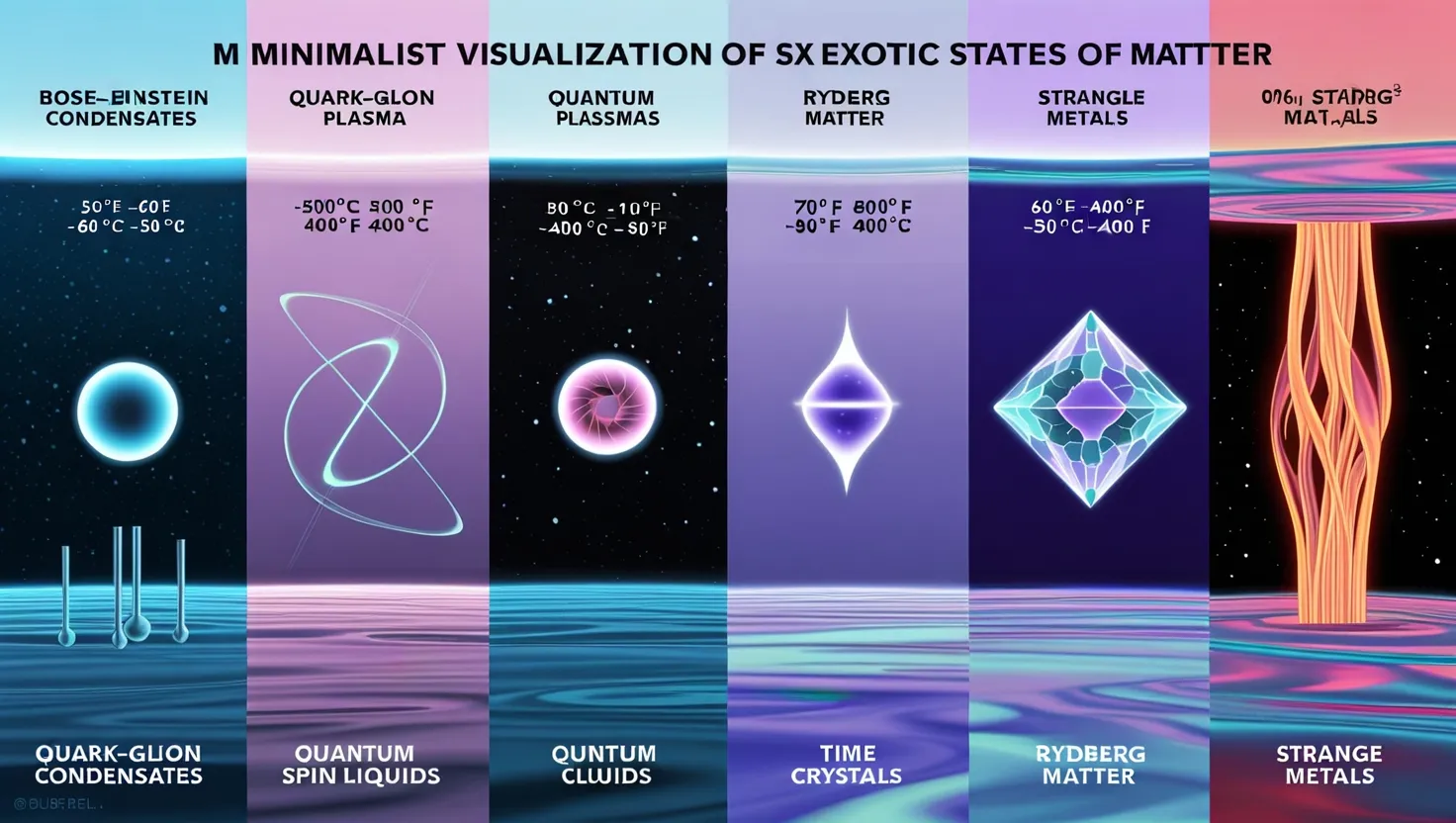For three thousand years, the treasures of Tutankhamun lay undisturbed beneath Egypt’s desert sands, hidden from the world until archaeologists broke into his tomb in 1922. This discovery not only unveiled unimaginable riches but also sparked a lingering legend of an ancient curse, said to bring misfortune to those who dared to disturb the pharaoh’s rest.
Tutankhamun’s sudden death, over three thousand years ago, birthed an enduring mystery that continues to baffle scientists. The young pharaoh’s tomb, unearthed in the Valley of the Kings, contained treasures beyond belief, but it might also have harbored dark forces. The find marked the start of a compelling detective story filled with triumph, terror, and tragedy.
The Valley of the Kings, once a graveyard for Egypt’s royalty, became the site of one of the greatest archaeological finds in history. Lord Carnarvon, a British aristocrat interested in ancient Egypt, funded the excavation led by Howard Carter, a determined archaeologist. Together, they uncovered Tutankhamun’s tomb, revealing a treasure trove that had remained sealed for millennia.
The discovery wasn’t immediate. It took years of persistence and numerous frustrations before they found the first clue in 1907. Years later, after much debate over funding and amidst the slow pace of Egyptian bureaucracy, they finally made a significant breakthrough in 1922. A staircase leading into the earth heralded the entrance to what would become one of the most famous finds in archaeological history.
Inside, the antechamber of the tomb was filled with stunning artifacts meant to accompany the pharaoh into the afterlife. It was a treasure beyond imagination, meticulously documented and painstakingly excavated. But as Carter and Carnarvon opened the tomb, a series of unfortunate events began, starting with Carnarvon’s sudden death from an infected mosquito bite—an eerie coincidence that fueled the legend of the curse.
Over time, numerous individuals connected to the tomb’s discovery met premature deaths, leading many to believe in the curse’s power. The stories, woven into the fabric of popular culture, suggested that those who breached the tomb unleashed a horrific chain of events. From deadly infections to sudden accidents, the alleged curse seemed capable of reaching across continents and years.
However, modern researchers offer more rational explanations. Various scientific theories suggest that dormant bacteria or trapped gases within the sealed tombs could have caused illnesses. Some even speculate on the possibility of natural radioactivity in the materials used by ancient Egyptians contributing to the bizarre series of deaths.
Despite these theories, the allure of Tutankhamun’s curse persists, captivating public imagination and enriching the mystique surrounding ancient Egypt. Each year, millions of tourists flock to see the treasures of Tutankhamun, now safely housed in museums, drawn by the blend of history, beauty, and the spectral hint of a curse that refuses to fade entirely.
The story of Tutankhamun and his supposed curse endures, a captivating tale of ancient wonders, archaeological triumph, and a mystery that keeps both scientists and storytellers alike ever intrigued.






